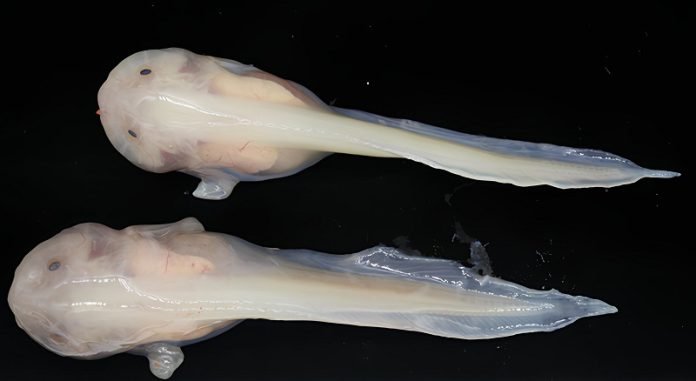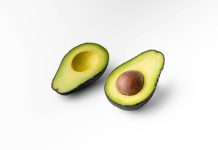
Researchers have just published a new report all about the extraordinary adaptations of one of the world’s most extreme creatures, the hadal snailfish.
This little fish lives at staggering depths of over 6,000 meters beneath the ocean’s surface – that’s over 19,685 feet deep!
Their home, known as the hadal zone, is pitch-black, high-pressure, and has few food sources.
To understand how the hadal snailfish can survive in such an intense environment, the scientists captured some of them from the Mariana Trench, which is the deepest part of the ocean.
They also collected some of their shallower-dwelling cousins, Tanaka’s snailfish, from the Yellow Sea for comparison.
By studying the genes of these fish, the scientists made some cool discoveries.
For example, they found out that the deep-sea snailfish probably evolved from shallow-dwelling snailfish around 18 million years ago, moving deeper into the ocean over millions of years.
So how have these fish managed to survive in the extreme darkness and pressure of the hadal zone? It turns out they’ve lost some features and gained others.
Their genes related to vision have disappeared, which makes sense because it’s pitch-black where they live.
Also, some genes tied to their internal body clocks have gone away, but others remain, suggesting they still have daily rhythms, but these aren’t linked to sunlight.
Interestingly, the snailfish have also lost a gene that helps mobilize fat. The researchers think this might be how the fish manage to survive long periods without food.
The real survival secrets, though, lie in two genes: cldnj and fthl27. The cldnj gene helps the fish build structures in their ears, which are crucial for hearing and balance.
The scientists think having multiple copies of this gene helps snailfish maintain these structures despite the extreme pressure.
The fthl27 gene encodes a protein that helps the fish tolerate the high-pressure damage by combating harmful oxygen species. The hadal snailfish have 14 copies of this gene compared to only three in Tanaka’s snailfish.
The scientists believe there’s still a lot to learn about these deep-sea survivors, especially how their nervous system copes with the intense pressure.
The secrets of the hadal snailfish not only help us understand how life adapts to extreme conditions but also show how amazing and adaptable nature can be!
The findings were published in eLife.



